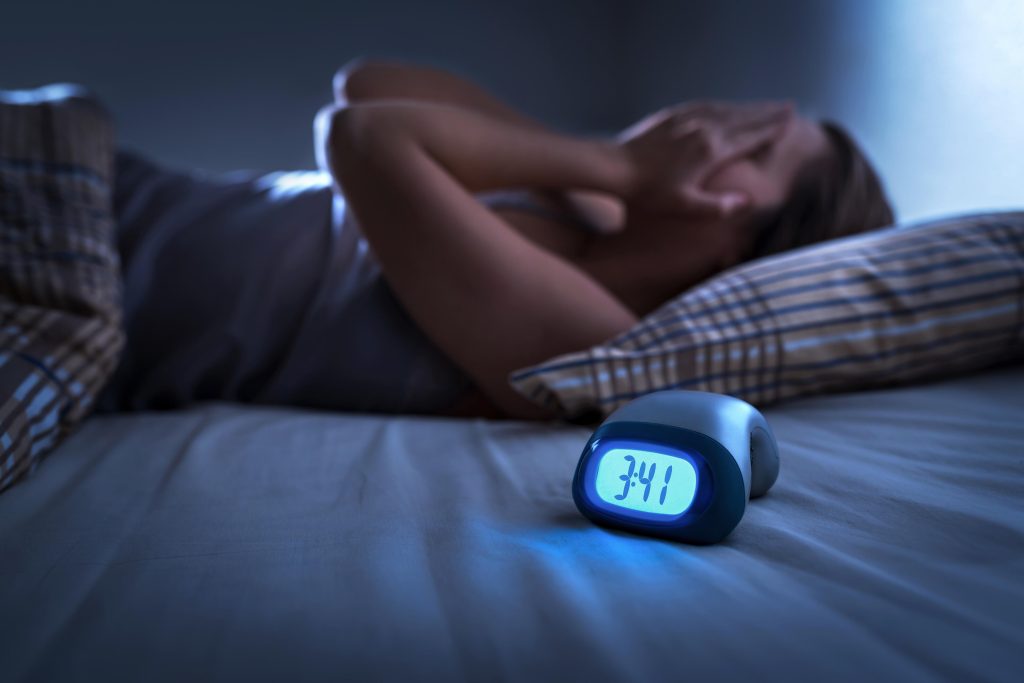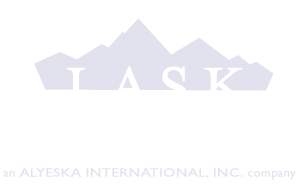
Many drivers lack concentration when driving and are not diligently paying attention to the roadways, which leads to these incidents. As a result, countless people’s lives could be in jeopardy, or they might suffer severe injuries that affect their lifestyle and sleep patterns. Although these people get hurt throughout the country, Snellville is one of the places in Georgia with an increasing number of automobile crashes.
Nobody wants to suffer the trauma of a life-threatening vehicle accident. However, victims who experience the repercussions of being on the wrong side of a crash frequently face financial difficulties alongside physical injuries.
So, without any further ado, let’s talk about different injuries you may face and how a car accident chiropractor in Snellville can make this better for you.
The Different Kinds of Car Accident Injuries and the Need for Sleep Therapy Afterwards
Whiplash
Whiplash is an injury triggered by a car crash that causes the head to move in an abnormal, unanticipated manner, tearing the tiny muscles in the neck and upper back and causing misalignments or protrusion of the superior spinal cord. Most people know that stiffness or difficulty moving or twisting their neck could indicate whiplash.
As the swelling and stiffness in the tissues of the neck, upper back, and head can make those regions exceedingly painful and uncomfortable to move, whiplash and other neck-related indications of automobile accident injuries can leave sufferers with a sore neck and other serious ailments.
Muscle Soreness
Muscle discomfort and soreness are one of the most prevalent problems that individuals seek chiropractic treatment for after getting in a traffic accident. Soft tissue injuries in the vehicle’s occupants are common after a car crash, which can develop over time if not treated properly. Strains and sprains, alongside muscle soreness, are two frequent injuries that occur during an auto accident and respond well to chiropractic therapy.
A strain is a short-term or long-term soft tissue injury caused by overstretching or ripping a muscle, tendon, or both, whereas a sprain is a ligament injury. These injuries take more than a day or two to show themselves, and most victims who have been in a car accident or collision with a sprain or strain injury will need anywhere between six to twelve weeks to recover completely. But the recuperation time for those who have suffered more significant injuries, such as an agonizing rip in a frequently used body portion, can be much lengthier. Moreover, it can lead to long spells of sleepless nights when people don’t address the pain.
Chest Pain And Tenderness
You may experience chest pain after a car collision due to many different causes, with the most typical being fractures and bruises. Safety belts and airbags cause chest pain, which is a frequent ailment. Although these safety precautions are critical for averting more life-threatening wounds from car accidents and wrecks, they have been known for causing bruising, discomfort, and tenderness in the chest area after getting activated during a collision.
Pain and suffering from shattered or broken ribs, penetration injuries, and irritation in the chest following an accident are all frequent injuries. But thankfully, a car accident chiropractor in Snellville can aid in proper alignment and rehabilitation strategies for patients suffering from chest pain. This medical intervention ensures you don’t end up at a sleep clinic because of breathing problems.
Spinal Cord Damage
Spinal cord damage is one of the worst injuries from an automobile collision. Whether a herniated disc, subluxation, or worse, these can dramatically change a patient’s health, well-being, and quality of life. It’s advisable to obtain a full assessment after seeking medical attention at the scene of the accident to evaluate the severity of the spinal cord trauma.
Many traumas may necessitate stabilizing or realignment to ensure that the spine is in the proper position and that other body parts are not in distress. Understand the perks of chiropractic treatment to help rehabilitate spinal cord injuries before going for costly, often painful procedures that could take years to heal.
Knee Injuries
If the knee strikes the dashboard, backseat, or any other object in a high-speed crash, it could possibly lead to an acute knee injury. The trauma, in this case, could lead to soreness in the ligaments and patellar discomfort. Not only that, but the joint could suffer even worse damage that necessitates immediate medical intervention. Knee injuries, if left untreated, can generally result in long-term discomfort alongside problems in walking and running.
Chiropractic treatment ensures that knee ligaments, joints, and muscles heal appropriately. Patients with knee pain or injuries can use physical therapy to rehabilitate and return to their prior health and physical activity or restore some function in the case of more catastrophic injuries.
Need for sleep and its effects on driving
All people need between 7 and 9 hours of uninterrupted sleep a night to feel well-rested and function at their fullest. (NHLBI, 2005) The body has built-in mechanisms to ensure we get that sleep, including a biochemical means of tracking how much time we spend sleeping or being awake. When a sleep debt builds up, this biochemical tally triggers excessive sleepiness and the urge to sleep.
In addition, natural circadian rhythms make us more likely to feel drowsy in the dark early hours of the day. This critical time of sleepiness occurs even if we get adequate sleep. (NHLBI, 2005) This peak in sleepiness corresponds to the number of sleep-related automobile accidents that occur in the early morning hours. (Pack et al 1995)
The sleep-wake cycle is inevitable. Although we can deny or mask the physiologically based urge to sleep, our sleepiness will become apparent when we are conducting monotonous tasks, such as driving on a monotonous highway. The boring task often does not cause fatigue as much as reveal or unmasks underlying sleepiness. (Roth et al, 1994; NTSB 1995)
Studies have linked sleepiness and fatigue to decreases in vigilance, reaction time, memory, psychomotor coordination, information processing, and decision making, all of which are needed for safe driving. (Lyznicki et al, 1998) Sleepiness can impair driving performance as much or more so than alcohol, studies show.
The effects of sleepiness on driving performance are akin to that of a blood alcohol concentration close to that of the legal limit in most states in a well-rested person. (Dawson and Reid, 1997; Powell, 2001) In other words, driving sleepy is like driving drunk. Sleepiness not only causes people to fall asleep at the wheel but also triggers repetitive head drops due to microsleeps of a few seconds in duration. (Powell and Chau, 2010)
People frequently deny how sleepy they are, and whether their sleepiness interferes with their driving. In one study, a man who had a crash and reported sleeping only 5 hours a day claimed that because he did not remember what happened, he must have “blacked out” rather than fallen asleep. Another driver from a sleep-related crash said “I wasn’t drowsy, I just fell asleep.” This study found that only about half of drivers in sleep-related crashes reported feeling drowsy before their crashes, with nearly one-quarter reporting that they felt “not at all drowsy.”(Stutts, 1999)
However, several telltale factors strongly suggest a sleep-related accident, including a vehicle leaving the roadway, and a lack of braking, skid marks, or other evidence that the driver made no attempt to avoid crashing. Police investigators often take that evidence into consideration when classifying an accident as sleep-related.(NHLBI, 1998a)
Research has revealed a few indicators of drowsiness and drowsy driving. (Papadelis et al, 2007; Mathis and Hess, 2009)These include:
Frequent blinking, longer duration blinks and head nodding
Having trouble keeping one’s eyes open and focused
Memory lapses or daydreaming
Drifting from one’s driving lane or off the road
Currently, there is no definitive physiologic test or detection system for drowsiness equivalent to the breath analyzers used to detect drunk driving.
Get Sleep Therapy by Professionals!
There are many sleep improvement programs being conducted by professionals for people suffering from anemia – be they mild or severe. Therefore, for victims of car accidents, it is advisable to consult for sleep therapy programs by professionals.
Techniques Used by Chiropractors for Speedy Recovery
The Diversified Technique
The three primary goals of the diversified technique are to correct spinal alignment, treat joint dysfunction, and assure adequate movement and flexibility. Professionals can reestablish postural stability and expand a patient’s proprioception, which may be hampered by misplaced joints or bones, with the help of precise hands-on strokes.
Spinal Mobilization
Chiropractors and physiotherapists use spinal manipulation to ease musculoskeletal tension and decrease inflammation. While spinal mobilization is a manual treatment technique comparable to the diversified approach mentioned earlier, it involves more delicate thrusting strokes and stretches.
The Flexion-Distraction Method
The Flexion-Distraction technique utilizes a custom table for moderate rhythmic vibration to occupy and stretch the backbone. Diagnosable disc injuries with back problems and leg discomfort routinely get treated with this approach. The adjustment is painless and surprisingly pleasant, making it an excellent choice for individuals who have recently sustained injuries or who are sensitive to other types of manipulations. And last but not least, it helps you sleep more peacefully.
Final Thoughts
If you continue to have insomnia, talk to your health care provider or consider consulting with one of our board-certified providers, who specializes in sleep disorders.
Established as the first independent diagnostic testing facility (IDTF) sleep clinic in Alaska in 2002, AIaska Sleep Clinic has grown to 4 locations and 13 beds. Alaska Sleep Clinic is the most comprehensive sleep clinic in Alaska. Contact us today for your FREE sleep assessment.








